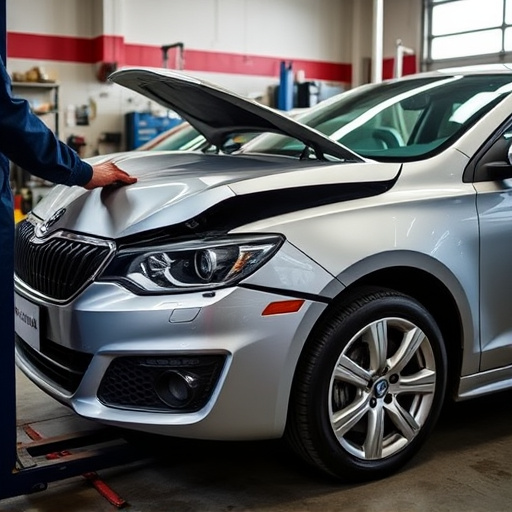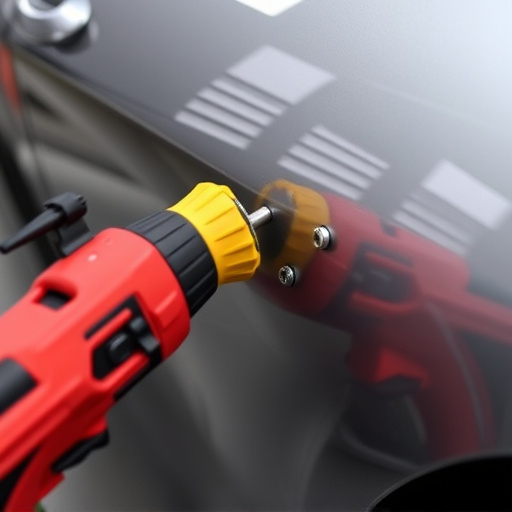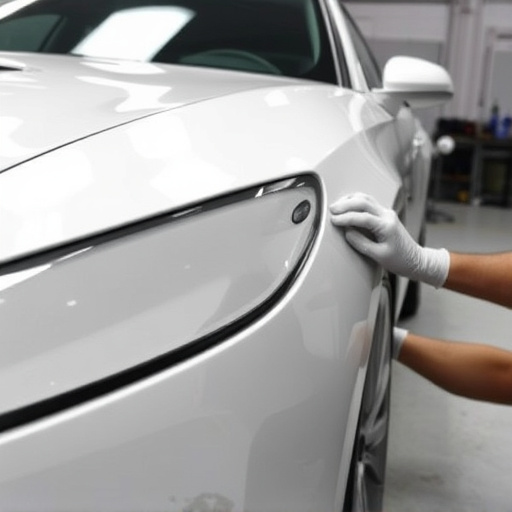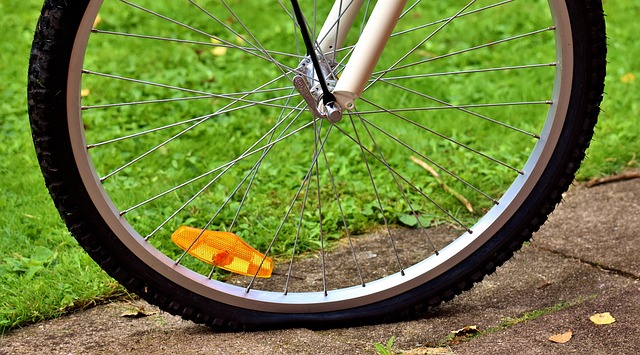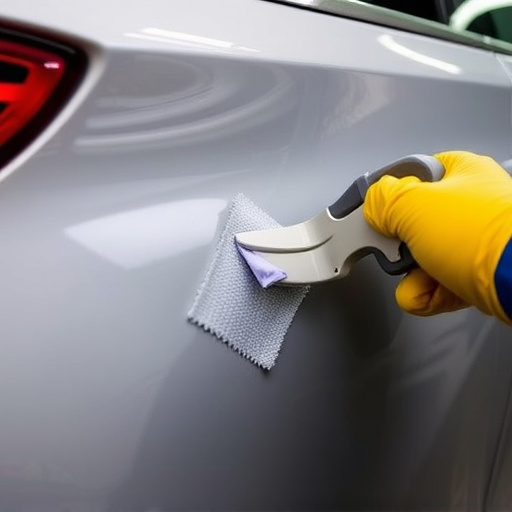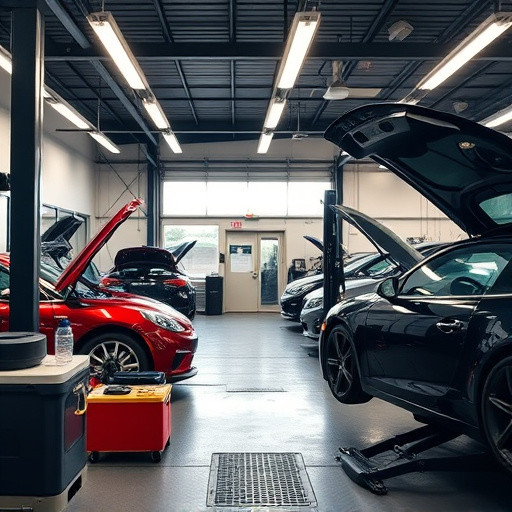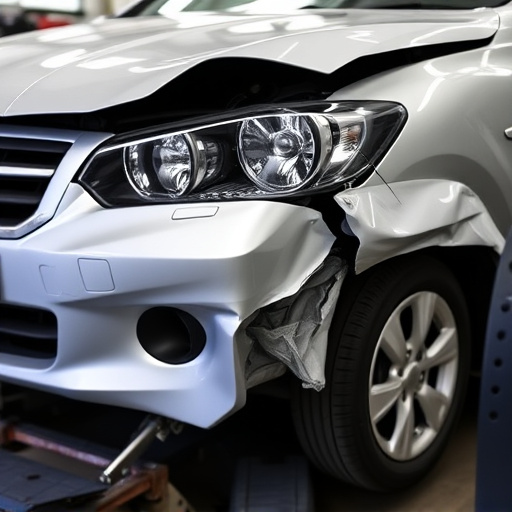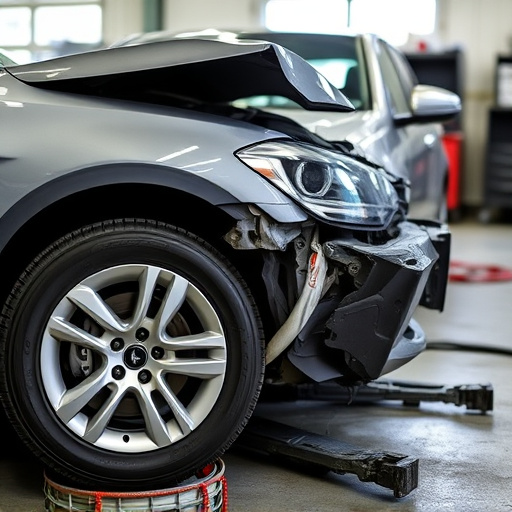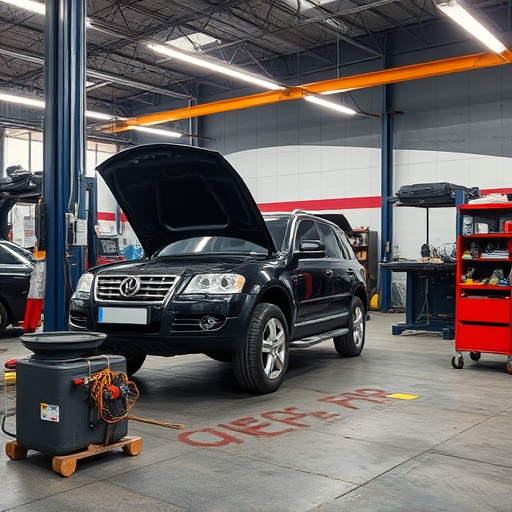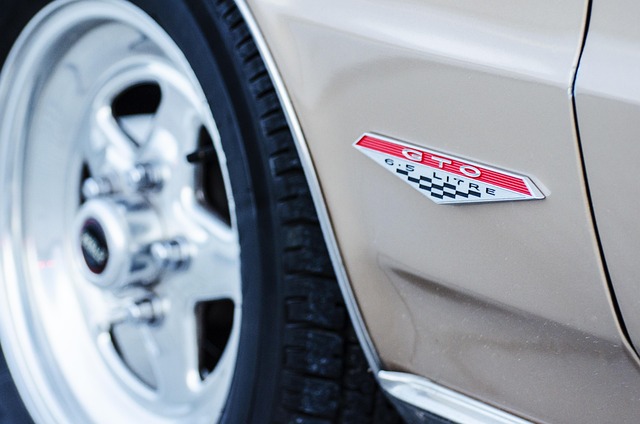Color sanding and buffing are essential auto body repair techniques for achieving a flawless finish. Prepare by selecting right sandpaper, buffer compounds, and materials like gloves, goggles, respirator, and drop cloths. Clean car area, remove imperfections with 220-320 grit paper, wipe dust, apply color-matching primer, then buff for smooth, protective surface.
“Unleash your inner craftsman with our comprehensive guide to mastering color sanding and buffing—a powerful duo for achieving flawless finishes. This step-by-step tutorial is designed to transform you from novice to pro. First, we’ll demystify the fundamentals of this technique, followed by a detailed list of essential tools and materials. Then, we’ll walk you through each stage, ensuring a smooth, polished surface every time. Elevate your skills in color sanding and buffing—the secrets are here.”
- Understanding Color Sanding and Buffing Basics
- Gathering Materials and Tools for the Process
- Step-by-Step Guide to Achieving Smooth Results
Understanding Color Sanding and Buffing Basics

Color sanding and buffing are essential techniques in the realm of auto body repairs and car bodywork services. This process involves using fine-grit sandpaper to smooth out imperfections, followed by a buffing step that enhances the paint’s gloss and reveals a flawless finish. By combining these methods, you can effectively remove minor scratches, swirls, and other damage, restoring your vehicle’s exterior to its original state or even improving upon it.
Understanding the basics of color sanding and buffing is crucial for achieving professional-level results. The key lies in selecting the right sandpaper and buffing compounds tailored to your car’s paint type. Starting with coarse grits for heavy debris removal, gradually work your way up to finer grits for a smooth surface. After sanding, a thorough cleaning is essential to remove any residue before applying a high-quality buffer, ensuring optimal performance and a durable, glossy finish that protects against future damage, be it from everyday wear and tear or collision damage repair.
Gathering Materials and Tools for the Process

Before diving into the process of color sanding and buffing, it’s crucial to gather the right materials and tools. This includes a variety of sandpaper grits (from coarse to fine), a buffer machine with different padding options, and color-matching paint or filler. Don’t forget safety gear like gloves, goggles, and a respirator mask, as these steps can generate fine dust. Additionally, you’ll need a clean cloth for wiping down the surface and applying finish. For best results in car dent repair or auto body repair, ensure all tools are in top condition to achieve a seamless, professional finish during the color sanding and buffing process.
Step-by-Step Guide to Achieving Smooth Results

To achieve smooth results with color sanding and buffing, start by preparing your workspace and gathering all necessary tools. Put on protective gear, including gloves and a respirator mask, to avoid inhaling dust or grit. Cover your work surface with drop cloths or plastic sheeting to contain any debris.
Next, thoroughly clean the damaged area of the vehicle using a degreaser or automotive soap. Once dry, lightly sand the surface with a fine-grit sandpaper (around 220-320) to remove any imperfections or paint defects. After sanding, use a damp cloth to wipe away dust and debris. This initial step ensures a clean canvas for the color sanding and buffing process. Then, apply an automotive-grade primer tailored to match your vehicle’s existing color, allowing it to dry completely before moving on to the next stage.
Color sanding and buffing are essential techniques for achieving a smooth, polished finish on various surfaces. By following these step-by-step guidelines and utilizing the right tools, you can master this art, enhancing both the aesthetics and durability of your projects. Incorporating color sanding and buffing into your repertoire allows you to produce professional-quality results at home, opening up endless possibilities for creative DIY endeavors.

